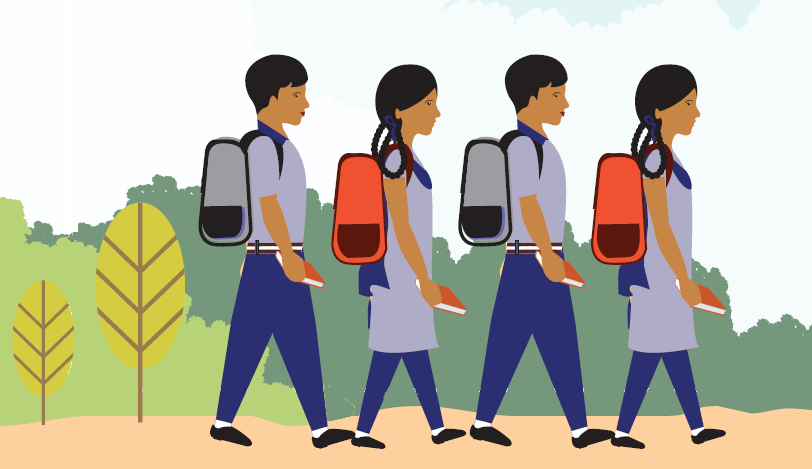Achieving a higher level of education has a positive impact on an individual's productivity, income and employment, which in turn enhances quality of life. Karnataka State has been a pioneer in India in implementing initiatives to improve the education levels of its young citizens. The state currently has one of the most widespread networks of elementary, as well as secondary schools in the country. Yet, the state continues to remain somewhere in the middle in education and other development indicators in comparison to other states in the country.
This study explores the differential in secondary school attainment from the perspective of region, gender and social class. Using data from different sources (such as: Census 2011, District Information System for Education 2013-14 and 2014-15 and the National Sample Survey Organisation 2014-15), the study aims to:
- triangulate various indicators of secondary education
- demonstrate the current level of secondary school attainment among boys and girls
- understand the extent to which regional, social and gender differentials persist at the secondary school level

The report is divided into four chapters:
The Introductionpresents the background, objectives and methodology, and clarifies socio-demographic classification and differentials.
Chapter 2 describes the findings of the report on children's enrolment in secondary school and the school continuation in terms of the proportion of children currently enrolled, the Gross Enrollment Ratio and Net Enrollment Ratio, extent of children currently attending school, their profile and type of school they are currently attending.
Chapter 3 covers transition and dropout rates, the extent to which children were never enrolled in school and reasons for dropout. This section also describes the school level characteristics that may influence child schooling.
Chapter 4 summarises the main conclusions and highlights the findings that have significant implications for programme planning and implementation.
The findings of this study call for designing and implementing a multi-level and multi-sectoral intervention that aims to improve the quality of life of adolescent girls from marginalised communities by keeping them in school, and thereby, delaying their marriage and reducing other risks and vulnerabilities."



